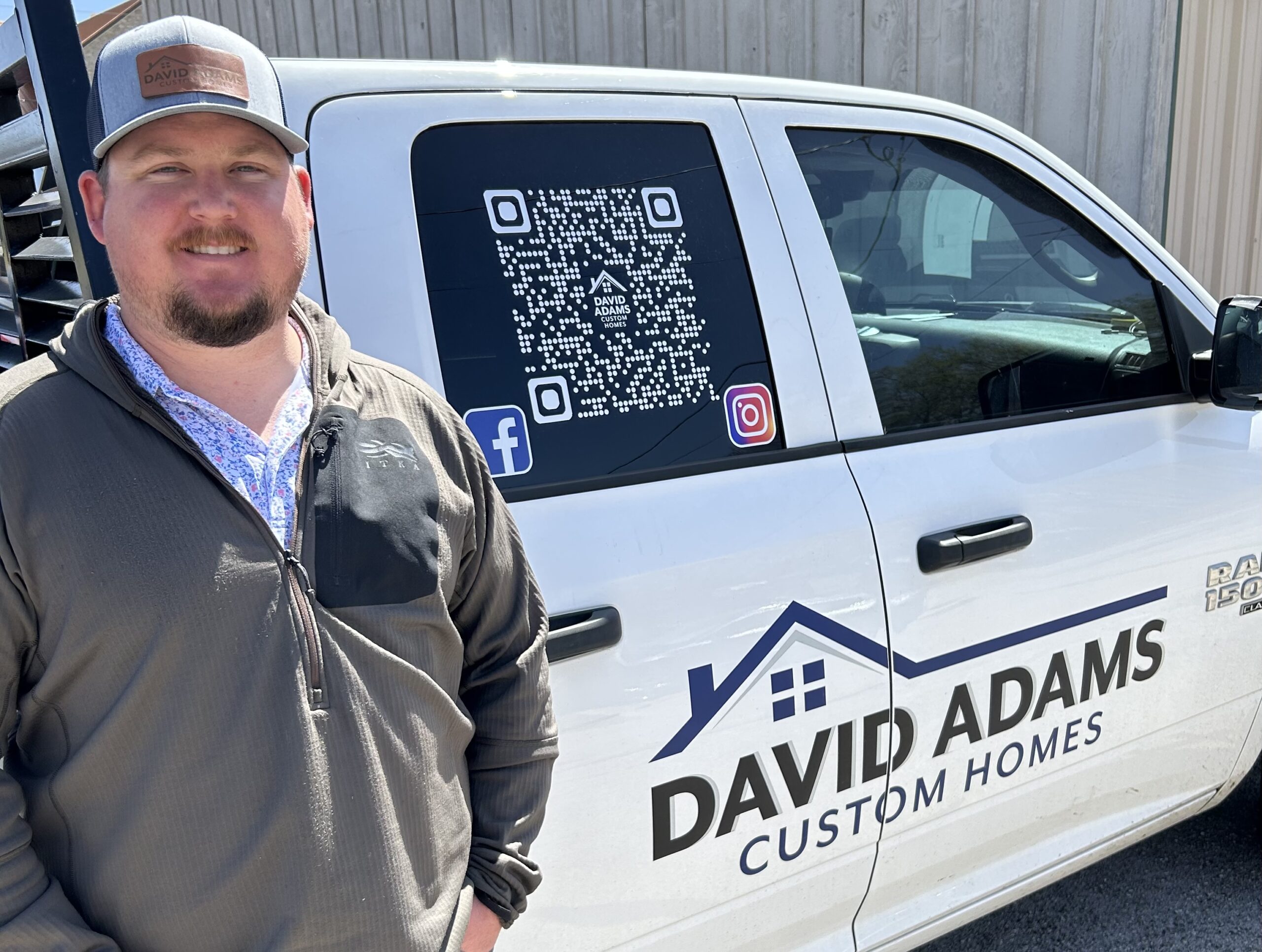The Hidden Benefits of Building a Custom Home vs. Buying an Existing House
Have you ever walked through a house and thought, “If only this wall wasn’t here” or “I wish the kitchen faced the backyard”? You’re not alone! While buying an existing home is the traditional path to homeownership, building a custom home offers some amazing benefits that aren’t always obvious at first glance. Let’s explore why creating a home tailored specifically for you might be worth considering—even if it seems more challenging upfront.
Long-Term Cost Savings: More Than Meets the Eye
I know what you’re thinking—signing on with a custom home builder costs more! And yes, initially they do typically run about 15-20% higher than comparable existing homes. But here’s where it gets interesting…
Your wallet will thank you down the road. New homes require dramatically less maintenance in the first decade or more of ownership. While owners of existing homes often find themselves spending about 1% of their home’s value annually on repairs (that’s $3,000 every year on a $300,000 home!), custom home owners enjoy comprehensive warranties instead:
- Major systems like HVAC and plumbing typically covered for 2-10 years
- Appliance warranties protecting you for 1-5 years
- Structural warranties that can extend a decade or more
Imagine the peace of mind knowing you won’t face unexpected $8,000 HVAC replacements or $15,000 roof repairs just a few years after moving in!
Insurance companies love new homes too. They see modern construction as significantly safer, with up-to-date electrical systems reducing fire risks and modern plumbing minimizing water damage. This translates directly to your premium costs—often 10-15% lower than comparable existing homes. That might not sound revolutionary, but saving several hundred dollars every single year adds up quickly.
When it comes time to sell, custom homes frequently hold their value better than existing properties, especially when they feature thoughtful design rather than just trendy finishes. Many custom home owners find their properties selling for 10-15% more than similar existing homes when they eventually decide to move.
Energy Efficiency: Comfort That Pays You Back
Modern energy efficiency isn’t just good for the planet—it’s fantastic for your monthly budget too!
Today’s building codes require insulation levels that were practically unheard of 15-20 years ago. Your custom home will stay warmer in winter and cooler in summer without working your HVAC system to exhaustion. High-performance windows, proper air sealing, and strategic design work together to create an envelope that keeps comfort in and weather out.
The difference is remarkable—many new homeowners report heating and cooling costs 30-50% lower than in their previous homes. During a brutal summer heat wave or winter cold snap, you’ll appreciate both the comfort and the dramatically lower utility bills.
The mechanical heart of your home gets an upgrade too. When building custom, you can select:
- Ultra-efficient heating and cooling systems that sip energy instead of guzzling it
- Smart water heaters that only use energy when needed
- Energy Star appliances throughout
- Intelligent home systems that adjust automatically based on whether you’re home
The Department of Energy estimates these improvements can save $500-$1,500 annually compared to older homes—that’s like getting a small raise every year just for living in an efficient home!
Building custom also opens the door to renewable energy integration from day one. Solar panels can be incorporated into the original design rather than tacked on awkwardly later. The home’s orientation can maximize natural lighting and passive solar heating. These aren’t just eco-friendly features—they’re investments that continue paying dividends through lower utility costs year after year.
Modern Materials: Better Living Through Innovation
Remember when phones were just for making calls? Building materials have evolved just as dramatically in recent decades!
Today’s materials offer remarkable durability compared to what was available when most existing homes were built. Modern siding materials can last 50+ years with minimal maintenance, while traditional wood siding might need replacement or extensive work after just 15-30 years. Similarly, metal roofing systems now come with 50-year warranties compared to just 15-20 years for conventional asphalt shingles.
Inside your home, the innovations continue with plumbing systems resistant to freezing, engineered wood products that resist warping and splitting, and countless other improvements that translate to fewer headaches and repair bills throughout your homeownership journey.
Your health benefits too! Today’s building materials create healthier indoor environments:
- Low-VOC paints and finishes that don’t off-gas harmful chemicals
- Formaldehyde-free insulation for cleaner indoor air
- Mold-resistant materials in moisture-prone areas
- Advanced air filtration options
For anyone with allergies or respiratory concerns, these differences can be life-changing. Even if you don’t have specific health issues, you’ll likely notice the difference in how fresh and clean the air feels in a newly built home.
Custom building also lets you incorporate sustainable materials that align with your values. From reclaimed wood to locally-sourced stone to water-conserving fixtures, you can make choices that feel good ethically while often providing superior performance and character.
Designing for Your Life: A Home That Works With You, Not Against You
Perhaps the most meaningful advantage of going custom is creating spaces perfectly suited to how you actually live.
Instead of trying to adapt your life to an existing floor plan, you get to design around your needs and routines. The kitchen can be configured exactly how you cook, with counters at your preferred height and appliances positioned where they make sense for you. Work-from-home spaces can be thoughtfully integrated rather than squeezed into spare corners. Storage appears exactly where you need it most.
The home becomes a reflection of your lifestyle rather than a constraint you have to work around. This freedom to customize creates efficiency that’s hard to quantify but impossible to miss once you’re living in a space designed specifically for you.
Custom homes can also grow and change with you. Smart design anticipates future needs with:
- First-floor living options that accommodate aging in place
- Flexible spaces that can transform as family needs evolve
- Pre-planning for potential additions or modifications
- Universal design elements that work for everyone
This adaptability means your home can continue meeting your needs through different life stages, potentially eliminating the need to move as circumstances change.
For today’s remote workers, custom homes offer game-changing advantages. Imagine having a dedicated office with proper lighting, acoustics, and technology already built in—no more improvised setups on dining tables or in bedroom corners! Separate entrances for home-based businesses, dedicated video conferencing spaces with professional backgrounds, and built-in technology infrastructure make working from home dramatically more productive and pleasant.
Custom homes can also incorporate personal wellness features that would be expensive or impossible to retrofit. Natural lighting positioned for optimal circadian rhythm support, indoor air quality systems, acoustics designed for restful sleep, and outdoor living spaces that seamlessly extend your living area all contribute to daily wellbeing in tangible ways.
Is Building Custom Right for You?
Building a custom home requires more patience and planning than buying an existing property. The process typically takes 8-14 months from design to move-in, compared to the 30-45 days typical for closing on an existing home. You’ll need to make hundreds of decisions along the way—from big-picture layout choices down to the style of door hinges.
The Financial Consideration
Let’s talk money first—because that’s often the biggest concern. Custom homes generally require:
- A larger down payment (often 20-25% of the total project cost)
- Construction loans that convert to permanent mortgages (slightly more complex than traditional mortgages)
- A contingency fund for unexpected costs (experts recommend 10-15% of your budget)
If you’re on a tight budget with limited savings, an existing home with a low down payment option might be more accessible. However, if you can manage the initial investment, the long-term financial benefits we’ve discussed could make custom building more economical over a 10+ year timeframe.
The Time Factor
Time flexibility is crucial when considering a custom build:
- Design phase: 1-3 months to work with an architect or designer
- Permitting: 1-3 months depending on your location
- Construction: 6-12 months for actual building
- Potential delays: Weather, material availability, and contractor scheduling can all extend timelines
If you need to move within a specific timeframe (like the start of a school year or a job relocation), buying existing offers much more predictable timing. However, if your schedule allows flexibility, the wait for a custom home is temporary while the benefits last for decades.
Your Personality and Preferences
Be honest with yourself about how you handle decisions and project management:
- Do you enjoy researching options and making choices?
- Are you comfortable communicating your needs to professionals?
- Can you visualize spaces from floor plans and drawings?
- How do you handle temporary setbacks and challenges?
Some people find the building process fascinating and rewarding—they love seeing their vision come to life and feel deep pride in creating something uniquely theirs. Others find the endless decisions stressful and would rather accept the compromises of an existing home to avoid the building process altogether.
Location Considerations
Your desired location significantly impacts this decision:
- Established neighborhoods often have few vacant lots
- New developments may offer custom options but with HOA restrictions
- Rural areas provide more building freedom but may have infrastructure challenges
- Some regions have dramatically different costs for existing vs. new construction
In hot real estate markets where existing homes sell quickly above asking price, building custom can sometimes be competitively priced. In other areas where existing home prices are depressed, the cost gap between building and buying might be wider.
Finding Middle Ground Options
If full custom building seems too daunting but you still want many of the benefits, consider these alternatives:
- Semi-custom homes in new developments (choose from builder floor plans with limited customization)
- Buying newer construction (5 years or less) to get updated systems and materials
- Purchasing an existing home and renovating key areas immediately
- Modular or prefabricated homes that offer some customization with shorter timeframes
These options provide some of the advantages of custom building with less complexity and often lower costs.
Making Your Decision
Take your time with this decision—rushing into either option can lead to regrets. Make lists of your must-haves and nice-to-haves, and see which path best aligns with what truly matters to you.
If you’re considering homeownership and have the flexibility to wait for construction, exploring the custom route might reveal benefits perfectly aligned with your priorities. After all, your home is where you’ll spend thousands of hours in the coming years—why not make it exactly what you want?


